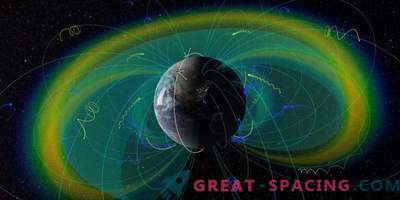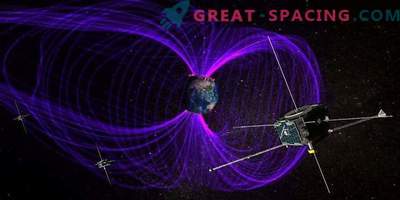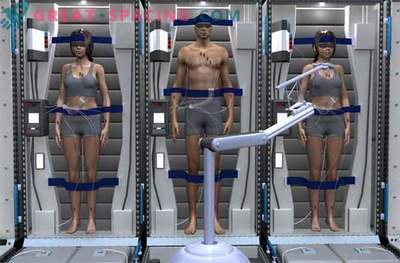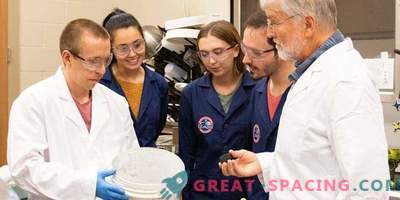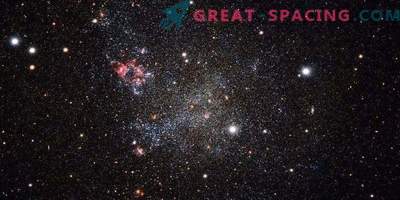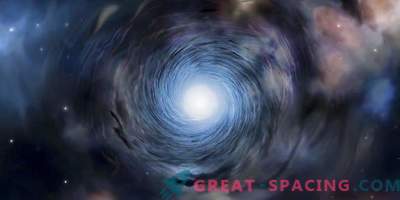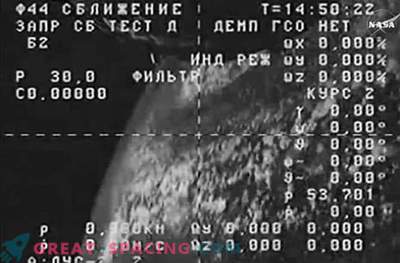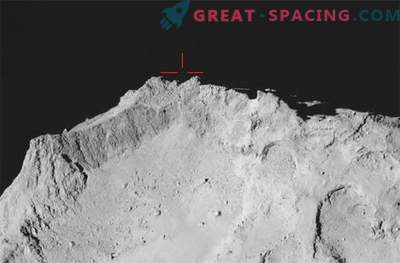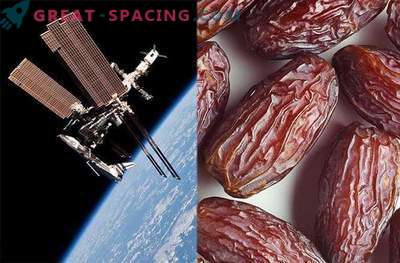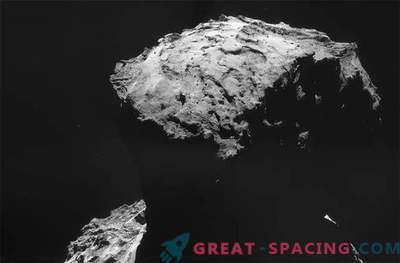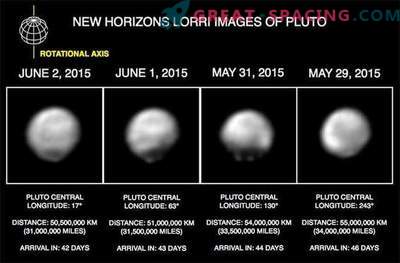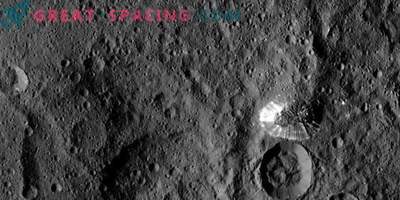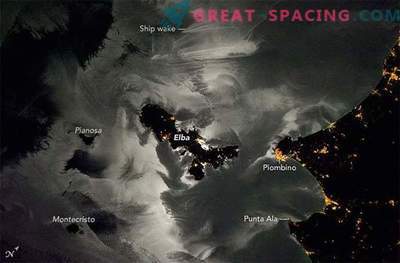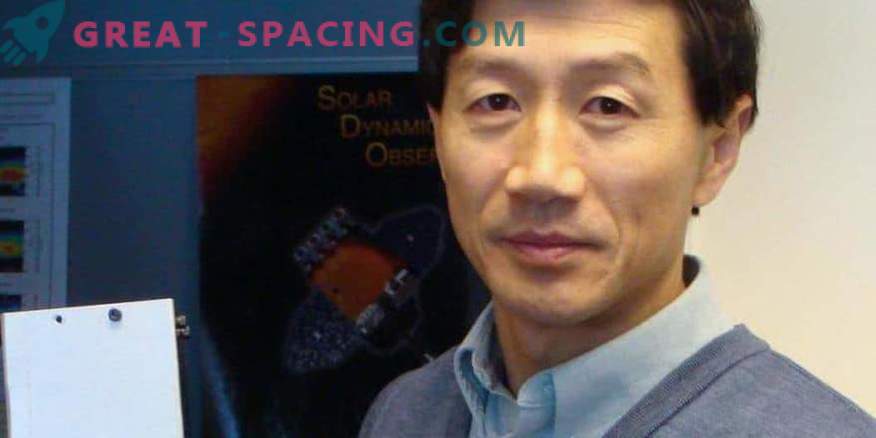
Professor Hinlin Lee holds the CSSWE satellite-cube model, which studies energy particles in the earth's magnetosphere. Now it's up to the new CIRBE satellite.
The new NASA satellite will study the internal radiation belt of the Earth’s magnetosphere. This will provide more knowledge about the energy particles that can destroy satellites and threaten the health of astronauts.
The experimental satellite CIRBE took $ 4 million, and the preliminary launch is scheduled for 2021. This unit will study one of the two Van Allen belts - the zone covering the energy particles in the magnetic field of the planet. Physicists have known about this powerful radiation since the late 1950s, and it is extremely dangerous for solar panels, electronic circuits and other equipment on spacecraft. CIRBE will provide sophisticated and detailed measurements of this belt with unprecedented quality. Cube satellites are shoebox-sized vehicles that can be built for big savings with specific scientific goals. In recent years, students at the University of Colorado at Boulder have worked on several successful models. Now on campus are considering 8 projects of satellite TV.
CIRBE plans to build on the success of the University’s meteorological research mission CSSWE, launched in 2012. Since then, the team has managed to improve not only the model itself, but also the ground station on the roof of the LASP building of the university campus. At the time of launch, the receiving point will receive data 100 times faster than before.



